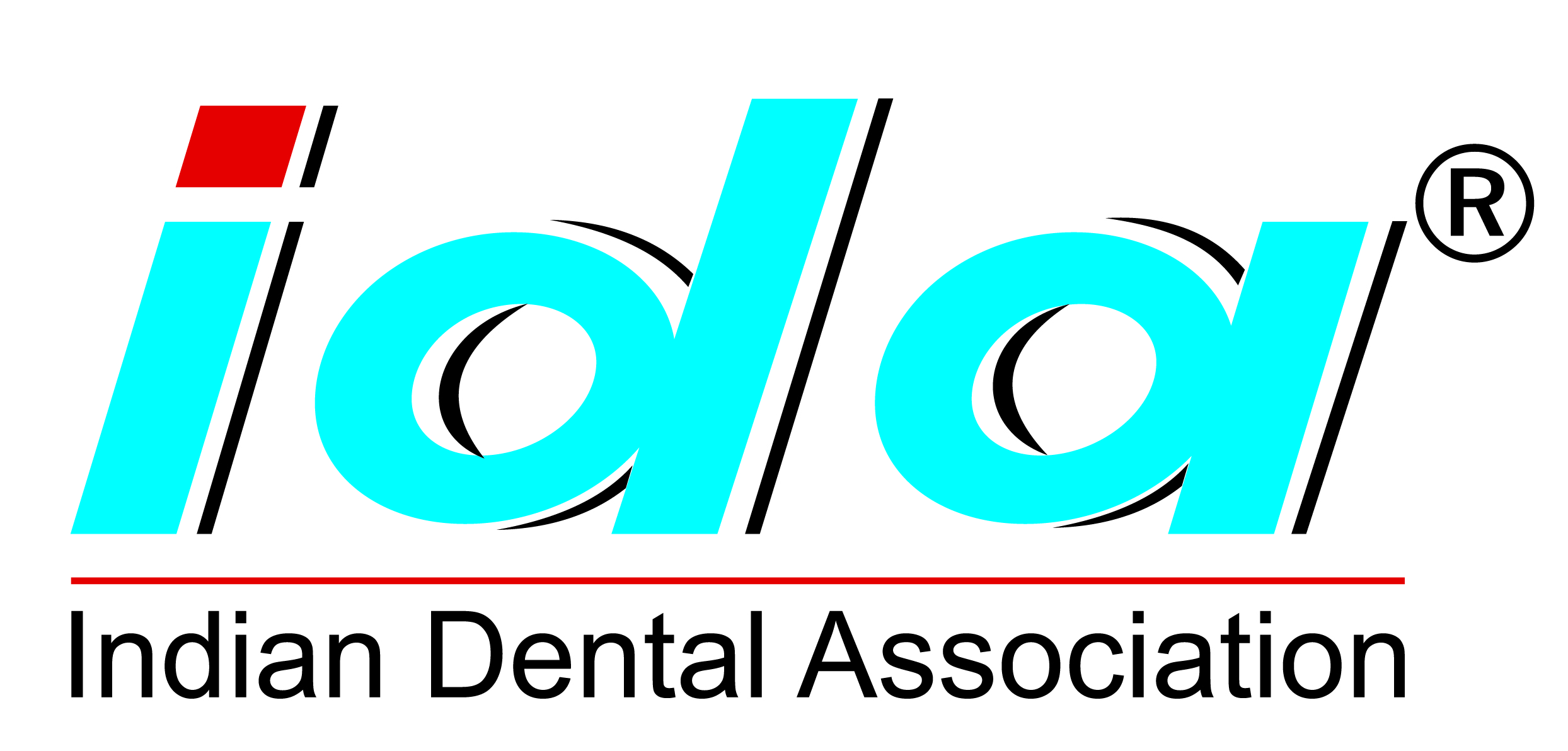Communication and documentation are two of the most important elements of risk management.
Communication is ensuring that a patient is truly educated about all facets of procedures
to be performed and documenting all aspects of the care that is rendered can reduce
the risk of claims.
Communication is weakest point of nearly every dental office. It is critical that
the doctor creates a trusting relationship with his patients and staff by mastering
the skill of communication. Here are some tips on how your entire team can help
improve patient communications:
- Welcome - Try not to keep people waiting and always greet them in a friendly and
approachable manner. This applies to everyone who meets the patients at the practice.
- Browsers are welcome - if potential patients came to check the clinic, treat this
as a chance to impress. Offer them a drink and answer all their questions as thoroughly
as you can. If you don’t know the answer, write it down and get back to them later.
- If you are unable to address a customer’s needs, find someone who can.
- Use the customer’s name and smile - don’t forget to check how the patient prefers
to be addressed.
- Acknowledge customers who have been waiting - apologise for the delay and offer
them a drink and some interesting reading material.
- The last minute spent with the customer is very important - make sure they know
you want to see them again and when.
- Listen to complaints - complaints help you put problems right and avoid similar
situations in the future.
Every practising dentist has a responsibility to maintain good quality clinical
records. Clinical records are fundamental to the delivery of dental care, contributes
to the diagnosis, planning and correct sequencing of treatment. Moreover, accurate
records are essential to ensure that patients receive appropriate and safe treatment.
The medical history documentation by dentists is important for several reasons,
all of which are closely related to the quality of care provided to patients.
- It enables dentists to obtain information necessary to provide appropriate, individualised
care. A medical history helps to identify conditions relevant to the patient’s dental
health or how treatment is carried out.
- Information about certain medical conditions such as diabetes, epilepsy, allergies
or heart disease could be vital if a medical emergency occurs.
- Recording a medical history is an important adjunct to monitoring of the oral soft
tissues, enabling the dentist to identify and address risk factors for oral cancer.
- Medical histories reveal critical information required to address infection control
issues. Despite the fact that cross infection control in dentistry is generally
based on the principle of “universal precautions”, in certain cases it is necessary
to try and identify members of “at risk” groups.
- To prevent medical complications and thus minimise detrimental effects to the patient
and the possibility of medico-legal complications for the dentist.
Confidentiality means that the information is available or disclosed to persons
or entities authorized to receive it. Confidentiality Steps are as follows:
- Avoid leaving patient information where others can read the content, whether on
paper or electronic. Charts should not be left out in public areas. Confidential
information should be marked as such and protected from view of others. Try to keep
computers reflecting patients’ information out of view or use screen savers or other
methods to protect the information.
- Avoid asking patients sensitive questions when other patients can hear the conversation.
Do not discuss patient information with other dental team members within the hearing
of other people.





